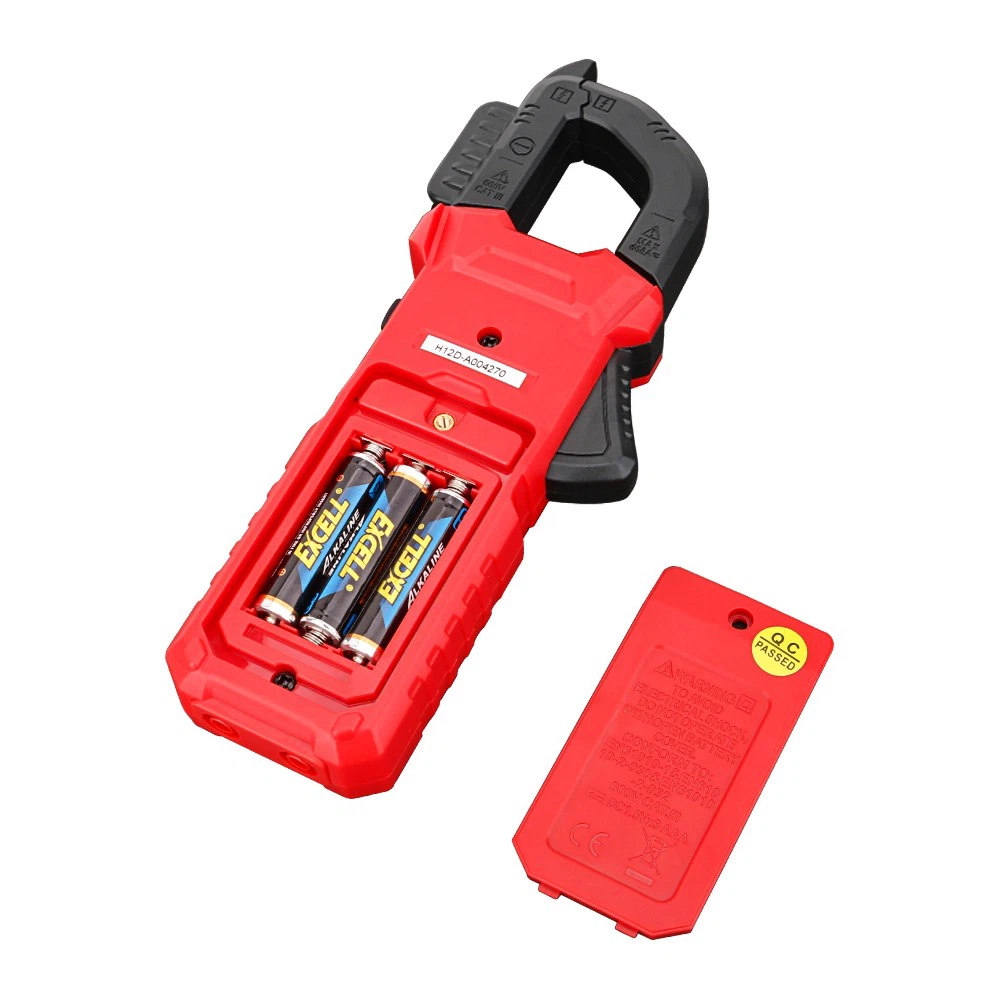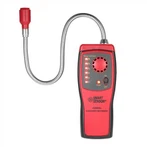14 precautions for using a clamp ammeter
1. In order to prevent insulation breakdown and personal electric shock, the voltage of the tested line must not exceed the rated voltage of the clamp ammeter, and the current of the high-voltage line cannot be measured.
2. Before measuring, check whether the instrument pointer is at the zero position. If it is not in the zero position, it should be adjusted to the zero position. At the same time, a rough estimate of the measured current should be made and an appropriate range should be selected. If the measured current cannot be estimated, the clamp ammeter should be placed in the highest gear first, and gradually lowered and switched until the pointer is in the middle of the scale.
3. Attention should be paid to the voltage level of the clamp type ammeter, and low-voltage meters should not be used to measure the current of high-voltage circuits to avoid accidents.
4. When conducting measurements, the measured wire should be placed in the center of the jaws. The two faces of the pliers should be well connected. If vibration or collision sound is found, the instrument wrench should be turned a few times or opened and closed again. There is dirt on the jaws, which can be wiped clean with gasoline.
5. After measuring a large current, if measuring a small current immediately, the jaws should be opened and closed several times to eliminate residual magnetism in the iron core.
6. During the measurement process, it is not allowed to switch the measuring range to avoid causing an instantaneous open circuit in the secondary circuit, inducing high voltage and breakdown of insulation. When it is necessary to change the range, the jaws should be opened first.
7. When measuring in places where it is difficult to read current readings, the pointer can be locked with a brake first, and then the value can be read at a convenient location.
8. If the tested wire is a bare wire, adjacent phases must be isolated with insulation plates in advance to avoid phase to phase short circuits when the jaws are open.
9. When measuring a current less than 5A, in order to obtain an accurate reading, the wire can be wound several more times and placed in the clamp for measurement, but the actual current value is the reading divided by the number of wires placed in the clamp.
10. When measuring, if there are other current carrying conductors nearby, the measured value may be affected by the current carrying conductor and cause errors. At this time, the clamp should be placed on the side away from the other conductors.
11. After each measurement, the switch for adjusting the current range should be placed in the highest position to prevent damage to the instrument due to measurement without selecting the range in the next use.
12. For clamp meters with voltage measurement gears, current and voltage should be measured separately and not simultaneously.
13. When measuring, insulating gloves should be worn and standing on an insulating mat. Pay attention to safety when reading and do not touch other live parts.
14. When using a clamp ammeter, try to stay away from strong magnetic fields to reduce the impact of magnetic fields on the clamp ammeter. When measuring a small current, if the range of the clamp ammeter is large, the measured wire can be wound several times inside the clamp ammeter mouth. The actual current value in the circuit should be the instrument reading divided by the number of turns the wire is wound on the clamp ammeter.






